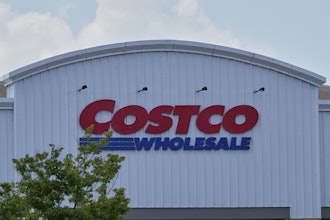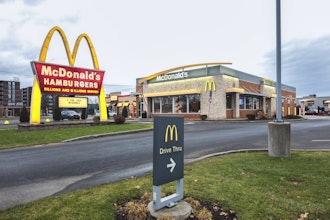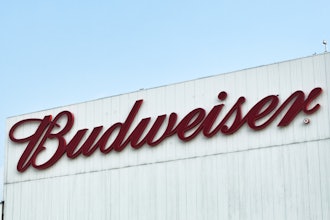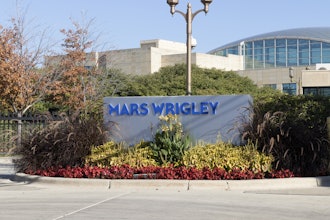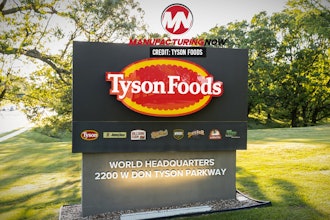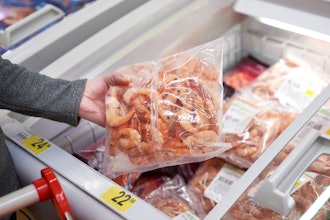
CLEARWATER, FL — In late October, three major U.S. government agencies as well as trade associations for the food manufacturing, grocery and restaurant industries announced their new partnership with the Food Waste Reduction Alliance. Their goal? To cut food waste in half by 2030. Partners in the coalition include: the Food and Drug Administration (FDA), the Department of Agriculture (DOA), the Environmental Protection Agency (EPA) and the founders of the Food Waste Reduction Alliance — the Grocery Manufacturers Association, the Food Marketing Institute and the National Restaurant Association.

Food waste, notes Meyer, is a global issue. According to the United Nations Food and Agriculture Organization (FAO), some 14 percent of all food produced in the world is lost annually, with central and southern Asia, North America and Europe accounting for the largest shares of total waste. Food waste, as it goes into landfills, is also a contributor to greenhouse gas production and thus to climate change. According to FAO figures, if food waste were a country, it would have the third-largest greenhouse footprint in the world, behind China and the US.
One cause of American food waste, Meyer notes, may be the widespread misunderstanding generated by a bewildering array of non-standardized expiration date labels. A report by the Natural Resources Defense Council and the Harvard Law School Food Law and Policy Clinic suggested that more than 90 percent of Americans may be prematurely discarding food because they misunderstand the “best by” dates as an indication of food safety.
Grocers are frustrated with unclear expiration label practices as well, as it causes them to run through products and lose money due to picky shopper preferences. One grocery store owner went so far as to eat expired foods for a year to prove that they’re not the sole indicator of food safety. Despite his efforts to help reduce the food waste crisis, Meyer said eating expired products is not a viable solution for consumers, especially considering that nearly half of total food waste takes place before the products even reach the store.
Keeping Fresh Produce fresh longer is a major problem and a growing challenge in the world today. Meyer asserts that there is available technology and procedures to extend the life and freshness of food even before it even reaches the shelves. This technology is proven to extend the life of Fresh Produce and Baked Goods, for instance, in the home environment and can be widely applied in all phases of food preservation from field to table and beyond.
In some parts of the world, she notes, the waste seen in transit is because there is simply not enough cold storage capacity at crucial points in the supply chain. Where cold storage is widely available, as it is in the US, and even in emerging countries, where preservation needs and proper food packaging and storage is badly needed, this technology can play a major role in reducing waste and extending usable life of food.
“While my company first introduced the Debbie Meyer Food Fresh Technology for use in the individual home and kitchen, we have developed ways it can be implemented at various steps in the production process, including delivery and grocery display, to extend the life of food," Meyer said. “By naturally prolonging the ripeness and attractiveness of produce, grocers can sell more, waste less, and better serve—and retain—their customers. Together, as an industry, we can seriously reduce waste, improve our businesses, and make the world a better place. It’s a win-win.”











